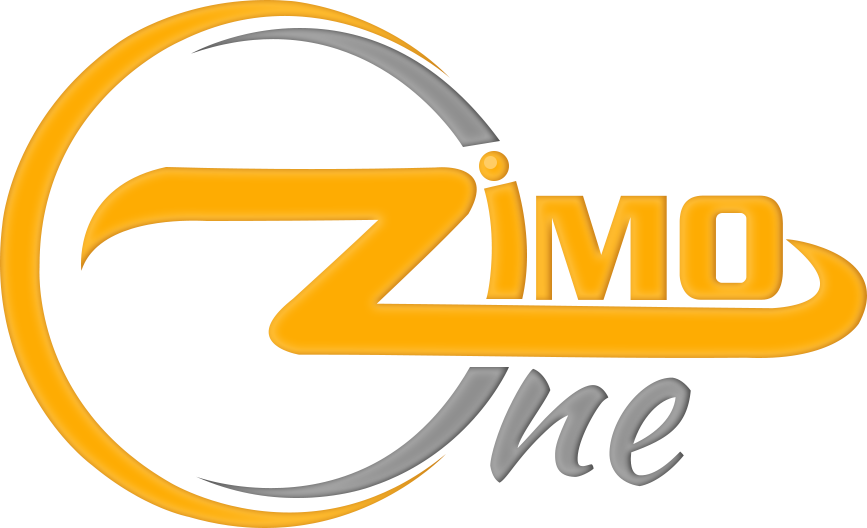Power BI in Healthcare: From Patient Data to Operational Excellence
Power BI is revolutionizing the healthcare industry by simplifying the interpretation and use of complicated data. Rather than sifting through countless statistics, administrators and physicians can view real-time dashboards that provide quick insights into staff performance, hospital occupancy, and patient outcomes. It facilitates trend tracking, such as determining the most effective treatments, cutting down on wait times, or discovering underutilized resource regions. Sensitive patient information is also kept safe and accessible to the appropriate individuals thanks to its robust security features. In summary, healthcare teams are using Power BI to make better decisions, enhance patient care, and operate hospitals more effectively.
How BI is used in Healthcare:
Use Cases of Power BI in Healthcare
Healthcare use cases for Power BI include everything from tracking patient care metrics to streamlining hospital operations. Dashboards are used in hospitals to monitor treatment outcomes, readmission rates, and wait times, providing personnel with real-time performance information. Resource utilization analysis, prescription mistake tracking, and patient satisfaction monitoring are other use cases that assist healthcare providers in enhancing the effectiveness and calibre of treatment they give.
1. Centralized information:
Centralized information about patients Patient histories, lab results, and electronic health records (EHRs) are all combined into a single, secure dashboard using Power BI. To help physicians make better decisions about patient care, this unified view removes data silos, lowers errors, and provides a comprehensive picture of the patient’s health.
2.Monitoring in Real Time:
Healthcare personnel may keep an eye on patient vitals, admissions, and bed availability in real time with Power BI. As circumstances change, this aids hospitals in effectively managing resources and reacting swiftly to emergencies.
3. Improved Clinical Choices Power BI:
Facilitates evidence-based diagnosis and care by examining trends in patient data. Physicians may more confidently customize care programs, monitor illness patterns, and spot concerns early.
4. Effectiveness of Operations:
Power BI monitors bed occupancy and equipment usage and helps doctors, nurses, and support workers schedule as efficiently as possible. This guarantees efficient hospital operations, minimizes waste, and prevents bottlenecks.
5. Shorter Waiting Periods:
Hospitals may decrease wait times, ease check-ins, and ease ER traffic by analysing patient flow and appointment data. This enhances patient satisfaction and efficiency.
6. Observations on Finance
Administrators can see how invoicing, claims, and revenue management are handled transparently with Power BI. Healthcare providers can improve financial performance and minimize costs by identifying cost drivers and inefficiencies.
7. Compliance with Regulations
Power BI’s integrated data security and governance tools guarantee that private medical information conforms with laws like HIPAA and GDPR. This safeguards patient privacy while permitting authorized users to enter safely.
8. Better Experience for Patients
Power BI identifies opportunities for service improvement by fusing survey and feedback data with patient outcome data. Hospitals may improve patient satisfaction and foster more confidence by utilizing these findings.
9. Analytics of Prediction
ICU bed requirements, seasonal increases in illness, and possible supply shortages are just a few of the healthcare demands that Power BI can predict. Hospitals can better prepare resources ahead of time thanks to this predictive ability.
10. Teamwork Amongst Teams
Using Power BI, administrators, nurses, and physicians may obtain consistent insights in a shared, data-driven environment. This strengthens decision-making at all levels and enhances cross-functional cooperation.
How hospitals use Power BI dashboards for patient care metrics?
Healthcare Industry Uses of Power BI
Healthcare is one of the industries with the biggest effects on Power BI industry applications. Data from billing systems, diagnostic labs, and electronic health records are all combined into a single display by hospitals and clinics using Power BI. Better decision-making, proactive resource management, and predictive analytics for patient outcomes are made possible by these tools, which turn raw data into insights that can be used and promote operational excellence. Following are some of the healthcare Industry Uses of Power BI:
Monitoring Flow of Patients and Wait Times
Hospitals monitor patient mobility between departments, admission delays, and ER wait times using Power BI dashboards. Real-time bottleneck visualization allows managers to swiftly reallocate resources, improving patient flow and minimizing crowding.
Follow-up on Readmission and Discharge
One important measure of the quality of care is 30-day re-admission rates, which hospitals may track with the use of Power BI dashboards. To find gaps in post-discharge care, healthcare providers can examine the trends that lead to readmissions. Additionally, dashboards monitor safe and timely discharges, guaranteeing that patients are discharged from the hospital with appropriate follow-up procedures in place.
Treatment Results and Care Quality
Hospitals can see infection trends, recovery rates, and complications in real time with Power BI. This facilitates assessing the efficacy of medicines for various patient populations. By comparing benchmarks to national or hospital standards, administrators can identify underperforming areas and enhance the quality of treatment more quickly.
Metrics for Clinical Performance
Dashboards provide a clear image of how successfully clinical teams follow best practices and treatment guidelines. They can monitor diagnostic turnaround times for imaging or lab tests, for example, and identify delays that affect patient care. Accountability is enhanced and uniform clinical standards are maintained because to this transparency.
Use of Resources
Hospitals utilize Power BI dashboards to track the efficiency of vital resources, such as ICU beds, MRI machines, and ventilators. By matching the workforce distribution to patient load, the data also aids in staff allocation optimization. This lowers expenses and boosts efficiency by ensuring that resources are neither overworked nor underutilized.
Patient Contentment & Input
Hospitals can quantify service satisfaction by integrating Power BI data from patient surveys. The factors that influence patient experience can be determined by connecting these insights with operational data, such as wait times or staff attentiveness. A comprehensive perspective that enhances patient trust and care quality is the end outcome.
Population Health Perspectives
Hospitals can use Power BI to divide up patient data according to region, age, gender, or condition. This helps assist methods for targeted care, like tracking chronic conditions like diabetes or hypertension in certain populations. Healthcare professionals can successfully customize outreach and preventative care initiatives when they have a comprehensive understanding of population health trends.
Proactive Care using Predictive Analytics
Hospitals use Power BI’s predictive features to find patients who are more likely to experience issues or be readmitted. Additionally, dashboards can predict demand for specializations or treatments, assisting staff and resources in planning ahead. In addition to lowering operational stress, this proactive strategy enhances patient outcomes.
Conclusion:
In the end, Power BI helps hospitals see the wider picture by doing more than just converting data into charts. It provides healthcare teams with the knowledge they need to make quicker, more informed decisions, from monitoring patient flow and treatment results to maximizing staff and resources. It ensures improved patient care and more efficient provider operations by bridging the gap between operational excellence and patient data. The future of healthcare appears to be more patient-focused and efficient if hospitals continue to adopt data-driven technologies like Power BI.



